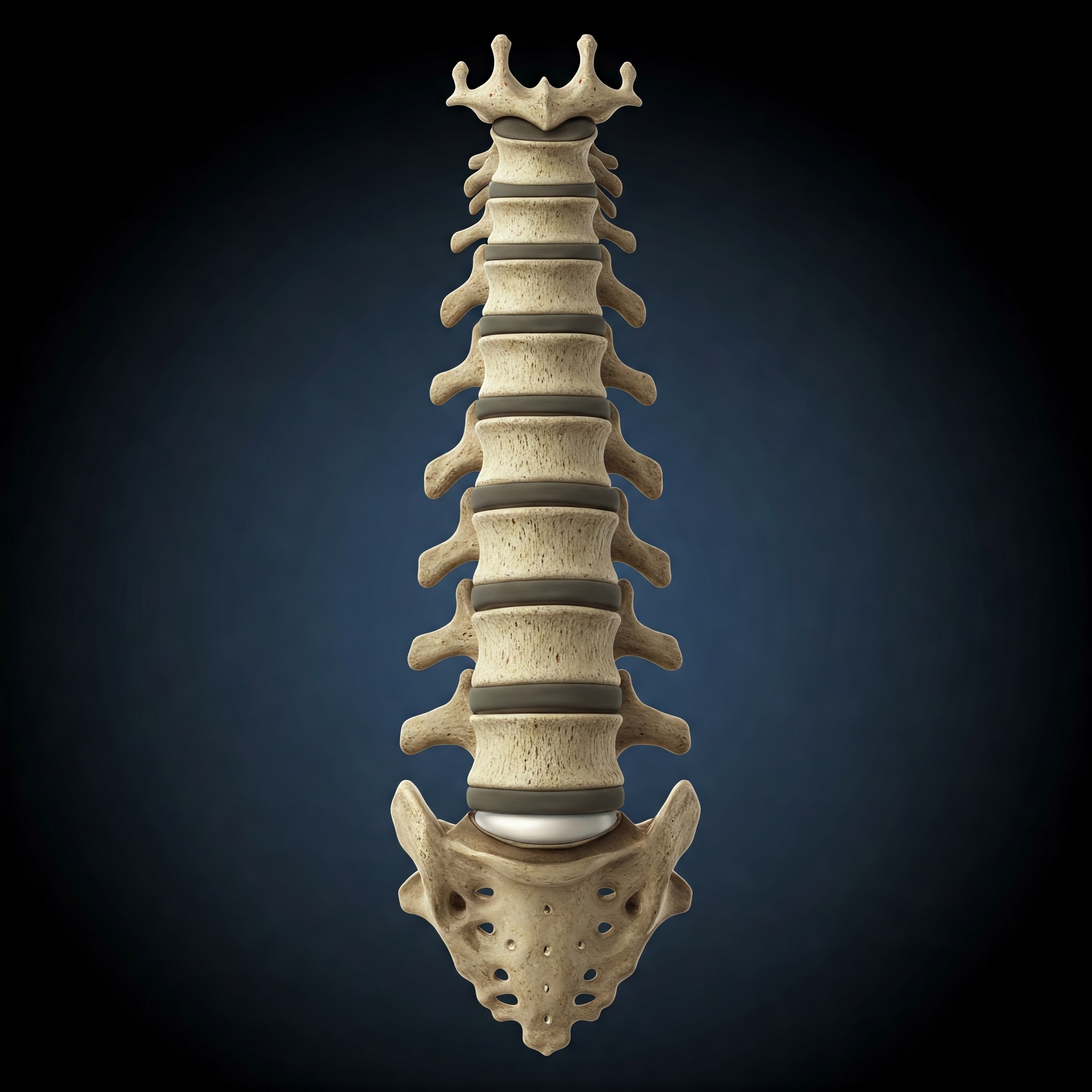A progressive neurological disease that begins before birth is spinal muscular atrophy (SMA). Researchers at St. Jude Children’s Research Hospital used the oral medication risdiplam to treat SMA for the first time in pregnancy. No distinguishable signs of SMA have been found more than two years after the child’s birth. This result promotes additional research into the strategy and shows that treating SMA during pregnancy is feasible.
Our primary objectives were feasibility, safety and tolerability, so we’re very pleased to see that the parent and child are doing well,
The results suggest it would be worthwhile to continue investigating the use of prenatal intervention for SMA.
Richard Finkel
SMA affects about 1 in every 11,000 babies born in the US and is brought on by a deficiency of the survival motor neuron protein. The most prevalent and severe kind, SMA type 1 (SMA-1), causes increasing muscular weakening that eventually results in death if left untreated. Although they are not a cure, current treatments for SMA-1 have shown increased survival and motor function in infants, particularly if given soon after birth before symptoms appear.
The first three months of life after birth and the third trimester of fetal development are when survival motor neuron protein is most required. Thus, there is a strong correlation between the intervention time point and the intensity of symptoms. As part of the Pediatric Translational Neuroscience Initiative, the St. Jude researchers developed a novel clinical protocol to investigate risdiplam in a single kid in response to this clinical need. Determining whether it would be feasible to begin treatment for a fetus with SMA-1 while still in utero was the aim.
Prior to the development of modern medicines, the parents in this case had a previous child with SMA-1 who passed away at the age of 16 months. Both parents were known carriers of SMA genetic variations. Amniocentesis genetic testing revealed that the pregnancy lacked copies of the surviving motor neuron gene, which, when paired with other genetic data and family history, was very likely to result in an infant with SMA-1 at birth. During the last six weeks of pregnancy, the pregnant mother was given risdiplam.
Also Read: Development of Innovative DNA Hydrogels for Assisted Drug Release
Three developmental anomalies were identified shortly after birth: a brainstem asymmetry, optic nerve hypoplasia, and ventricular septal defect (which resolved), all of which were associated with delays in vision and general development. It is believed that these anomalies happened early in the fetus’s development, before to risdiplam exposure.
During the course of the assessment, we really have seen no indication of any signs of SMA.
Richard Finkel
Source: St Judes Children’s Research Hospital
Journal Reference: Finkel, Richard S et al. “Risdiplam for Prenatal Therapy of Spinal Muscular Atrophy.” The New England journal of medicine, 10.1056/NEJMc2300802. 19 Feb. 2025, DOI: 10.1056/NEJMc2300802.
Last Modified:






